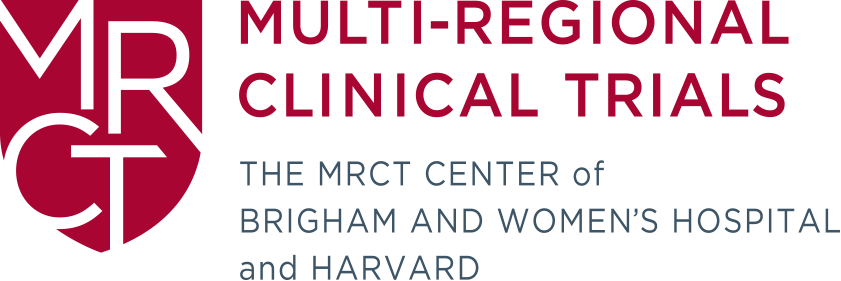relative risk relative risk

The chance of a harmful event happening in one study group compared with another.
Example of relative risk in a sentence
If a relative risk is 1 the chance of an adverse event happening is the same across study groups.
More Info
For example, if a study finds that 20% of smokers develop lung cancer and 5% of non-smokers develop lung cancer, then we can calculate the relative risk of lung cancer in smokers versus non-smokers as:
Relative Risk = 20%/ 5% = 4
Thus, in this example, smokers are 4 times more likely to develop lung cancer than non-smokers.
Other info to think about when joining a study
You may see the term “relative risk” used in publications about the data and statistics of a research study. The results section of a publication will report the findings which will often include information about how many participants in one arm experienced a health event or problem versus participants in a comparison group. In general, however, “relative risk” is a technical math term and will not usually be used in materials designed especially for patients and participants.
If you see this word in a study document for a study you are considering, enrolled in, or completed, you can ask the researcher or study team any questions you might have.

